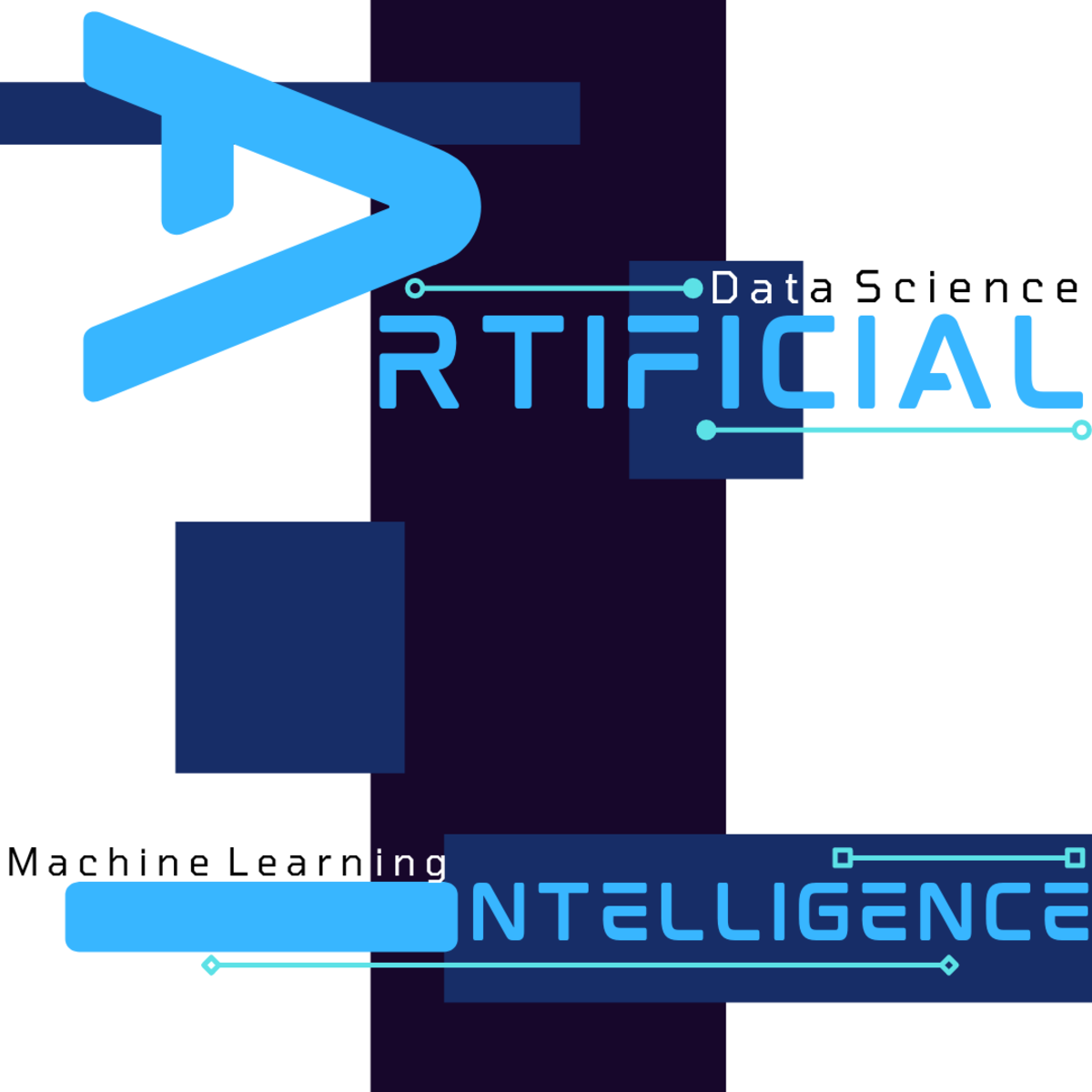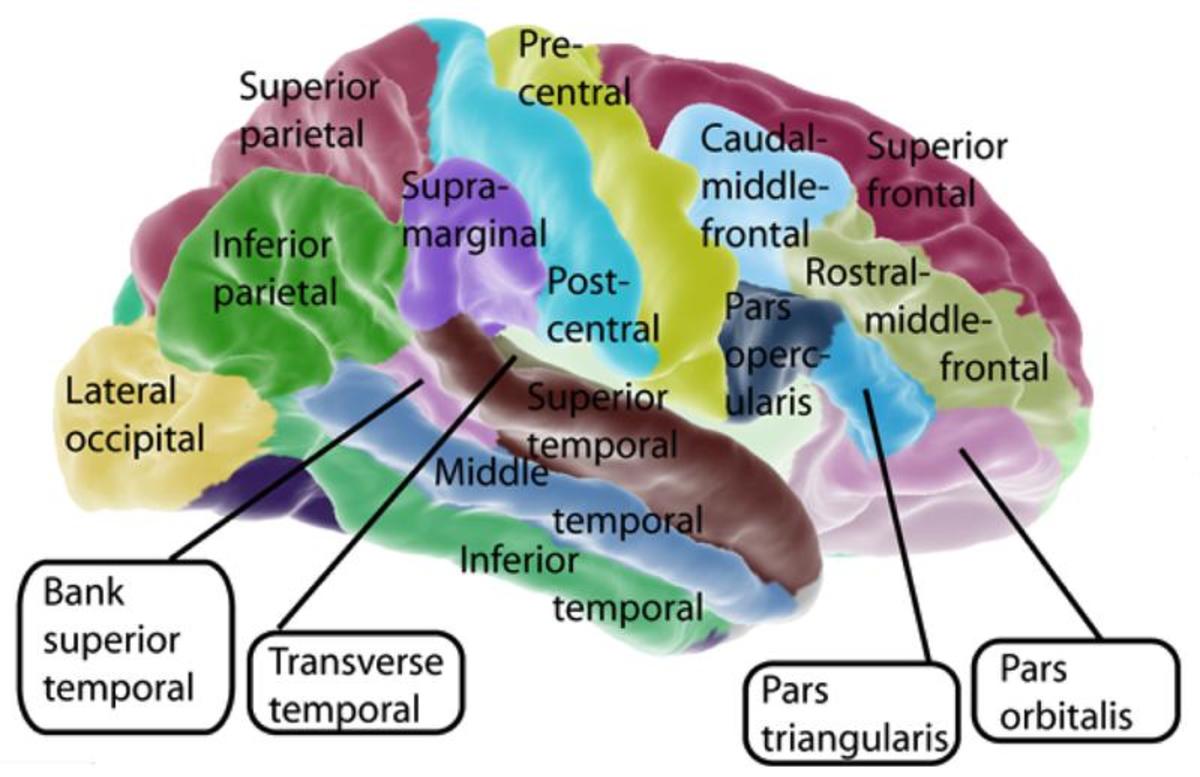Artificial Neural Networks
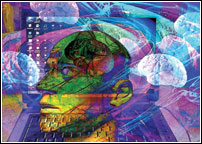
Analysis Of Intelligence
Defining intelligence is tough. There is no absolute criterion for measuring intelligence. What makes the task more complex is that it is not known if there is a form of ‘intelligence' that can solve all types of problems, or do we need different types of intelligence for different fields.
It is observed that a person who is a genius in one field may not necessarily be intelligent and successful in other fields as well.Intelligence Quotient (IQ) is somehow a standard criterion for analysing one's intelligence and giving it a quantitative measure. But that measure is always raw and it can't be made a standard for evaluating one's intelligence. The least we can say about intelligence is that it is something that can just be observed and realised in a human being and the excess of which makes him superior to others in many ways.Intelligence is a complex quality which depends upon a number of factors, all of which can't be determined correctly. The closest we can get to evaluating intelligence is by comparing a human being's computing capabilities with that of a computer with respect to speed only. How long does it take you to add 8,569,258 and 5,874,223? Some seconds, depending upon your mathematical calculation speed. An average computer can add these numbers within approximately 0.018 micro seconds. Similarly, unlike human beings, computers can remember tera bytes of information. So where does a computer fail then?Intelligence Of Computer
A computer fails when it comes to spontaneous decision making, learning by errors and pattern recognition. Unlike humans, computer can't recognise faces and voices which humans can do instantly. Computers don't have good or bad memories regarding past experiences, they don't have feelings or the capability to make decisions when new situations are encountered.
Computer buffs have for long been striving for a machine which works on common sense, which can understand commands in simple language, rather through voice recognition, like your servant who understands your orders in simple language and it doesn't matter to him if you change your tone, your voice or the arrangement of your sentences. Taking these concerns of common people, computer scientists turned their attention to the working of human brain.Human Brain, The Ultimate Computer
Human brain is one of the most wonderful objects in the universe. It is a complex web of 100 billion nerve cells, called neurons. Each neuron is connected to thousands of other neurons, propagating information. A neuron receives information from its neighbouring neurons in the form of electrical pulses. Whenever a stimulus is created, for example when you touch some hot or cold object, the neuron is activated and it propagates an electrical signal. What we call thought is just a particular sequence of electrical signals transformation among neurons. This sequences and arrangement is different for different thoughts giving uncountable possibilities.
How does a human brain remember things and learn from past experiences? Since each stimulus gives rise to a particular sequence of electrical pulses and connections among neurons, these connections are strengthened when the stimulus is repeated. For example, when you memorise something, or perform a task repeatedly, the connections that take part in that task are strengthened, giving you a memory. But when you quit the practice for sometime or leave the task, the connections are weakened and if you recall that after sometime, the connections take time to be reestablished, for example a professional cricketer practices daily although he knows all the rules of the game but he practices everyday to train his neurons and make the connection among them stronger for every shot he plays and every type of ball he faces.Same is the case with learning from the past. Neurons work on feedback principle. The output of a stimulus can be used as an input for another stimulus. When their network commits an error in processing, the result is used as an input with other possible inputs for correcting the error next time. This is how we learn from our mistakes and past experiences.The process of mathematical and logical reasoning used by the brain is pretty complex, but computer scientists have been striving to mimic that and program the computer in such a way that it can use the same reasoning as used by human beings. This has given birth to the field of Artificial Intelligence (AI).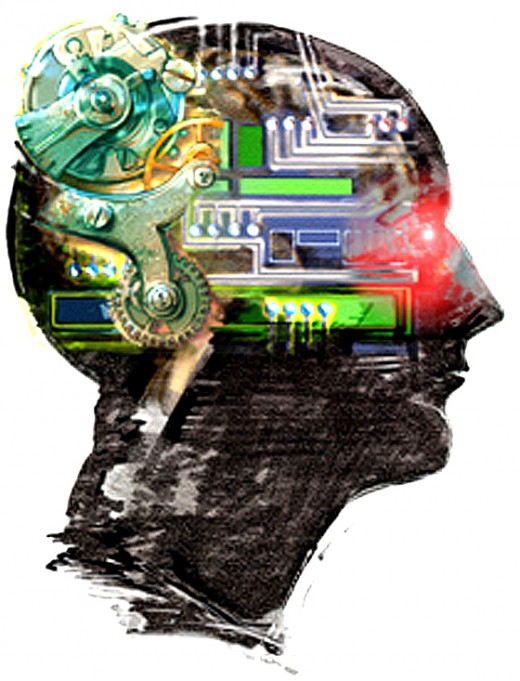
Artificial Intelligence
Artificial Intelligence is a branch of computer science that studies how to endow computers with capabilities of human intelligence. Artificial intelligence includes game playing, expert systems, natural language processing, robotics and neural networks. In game playing AI is used for programming complicated games like chess, checkers etc. Expert systems are the softwares that simulate the knowledge of an expert in a particular field like medicine, mechanical systems, computer networks etc. AI used for natural language processing focuses on programming the computers for understanding the problems in natural language, speech recognition, text to speech etc. Its aim is to design computers that can understand and manipulate languages. Robotics is a technology which deals with the theory and applications of robots. The last area of AI is Artificial Neural Networks (ANN).
The major focus of Artificial Intelligence is to build machines that can work in the similar pattern as human brain does. What if we mimic the working of processing elements of brain, the neurons? This is what an Artificial Neural Network does. ANN is a group of processing elements that are networked. The working of ANN is on the similar fashion as that of human neurons. An artificial neuron has a number of connections or inputs and only one output. Each input is weighed with a fraction between 0 and 1. The weights of the inputs determine their importance. Since a neuron may have many inputs, the sum of weights of all the inputs determines the net value of the neuron. The inputs are analysed and outputs are available only when a particular sequence is met. The availability and propagation of the output is called firing rule and it adds to the flexibility of artificial neurons. Each neuron is assigned a threshold over which it will fire and send the signal to other neuron. If the weighed sum of the inputs is greater than the threshold, neuron will fire.
An important aspect of artificial neural networks is their learning by training. Like the neurons of human brain, ANN can be designed and trained for a particular task. They can be trained to match finger prints or images of faces with the samples present in database. During the training phase, ANN learns the process and the outputs may not be necessarily correct. But the current output is observed for next inputs and some adjustments are made, so that, when the process is repeated, it is more likely that ANN will produce correct results.
The process of training is repeated, during which, the adaptive nature of ANN adjusts itself according to the conditions and the continuous learning process until the output is reliable. This is much like the working of human brain. We also learn by training, mistakes and with the motivation that mistakes are avoided. Such ANNs when used in any machine or device will make it learn by errors, and correct the errors by repeated trials until perfection is achieved.
The training is performed via a computer programme. The programme repeats the process a number of times for each pattern in the training sample. During the process, a pattern of connection weights is formed that enables the network to respond correctly to each pattern. The whole learning process requires no human intervention. The connection weights are increased or decreased automatically by a constant amount, and exactly the same learning procedure applies to different tasks.
ANNs are widely used in a number of fields like finance, industry, agriculture, business, physics, statistics, cognitive science, neuroscience, weather forecasting, computer science and engineering, spatial analysis and geography. Some banks have found that the failure rate on loans approved by neural networks is lower than those approved by some of their best traditional methods. Some credit card companies are also using neural networks in their application screening process.
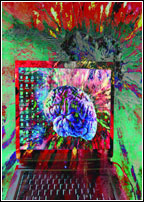
Major Areas of ANN
One of the major areas, where a large part of ANN research is focussed, is pattern matching. Pattern matching is a computerised search operation whereby input values are treated as patterns and matches are sought in a search database. Humans can easily differentiate among different faces, voices and objects. But this is a tough task for computers. ANNs are extensively deployed for this task for they are capable of finding patterns in auditory data, analysing handwriting, comparing fingerprints, processing written and oral language and translating languages. ANN can recognise patterns that even humans can't do. They have the flexibility of learning new patterns with time. This is especially useful when all the facts are not known.
With every new technological breakthrough, machines are becoming more intelligent. Human brain has billions of neuron cells but the number of artificial neurons, used so far in a single network, is by no means comparable to that of human cells. The biggest neural network hardly contains at most 1000 neurons. The complexity grows as we increase the size of the neural network. But artificial neurons, even in a smaller number perform well.
With all these developments, we are left with just one question: Will machines become more intelligent than humans? So far, machines are better in calculation speed and performance but will they acquire the same level of complexity of intelligence as human beings have. This is the question that cannot be precisely answered. However, with the deployment of ANNs in the field of robotics, such robots have been built that can interact with their environment and learn. Can Artificial Intelligence over take the human brain, this is one question only time can answer.


